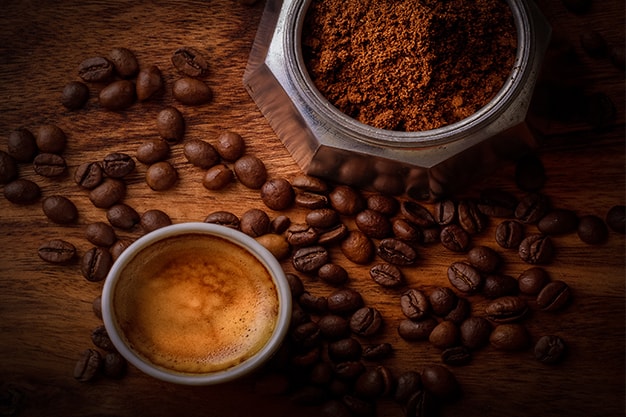
"From Bean to Brew – Pure Coffee Bliss"
|

"From Bean to Brew – Pure Coffee Bliss"
|


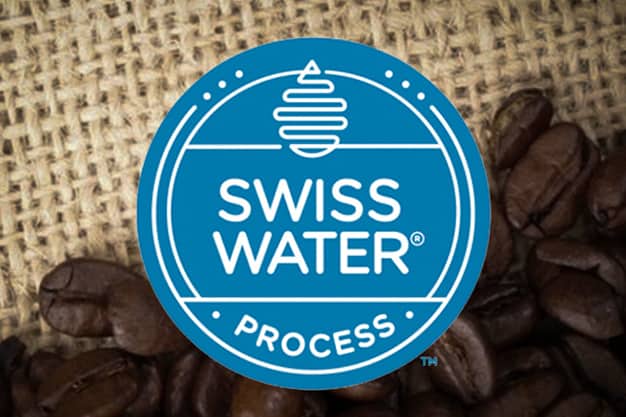
For some, the thought of decaffeinated coffee is heretic! Isn’t that what this delicious brew is for? But for those with health conditions, sleeping issues, or those who just don’t like that caffeine jitter, a cup of decaf can be just the thing. How is coffee decaffeinated, and how does it affect your cup? Read on to find out!
Decaf Basics
Coffee beans are a natural source of caffeine, which means that all decaffeinated coffee is processed at least a little bit. Before roasting, however, careful processers can remove the majority of the caffeine, leaving you with a drink that won’t keep you up all night. All processes use water or steam to extract the water-soluble caffeine molecules from the coffee, but carefully balance this process with a potential loss of flavor.
Traditional Decaffeination
The oldest and most typical method of decaffeinating coffee is done using methylene chloride, a chemical that helps the caffeine molecules “stick” to the water by increasing the chemical bond. Thanks to the chemical boost, your coffee beans are only quickly in contact with water, keeping flavor loss to a minimum. 80-90% of coffee is filtered this way!
Swiss Water Decaf
The second most common method for decaf uses charcoal filtration and flavor-charged water for a reliable, organic decaf process. This can add some costs to the processing, but produces delicious flavors.
CO2 and Ethyl Acetate
While the two methods above are most popular, other coffee roasters use carbon dioxide and ethyl acetate to extract caffeine. These are sometimes referred to as “natural” decaffeination processes because these are naturally-occurring compounds, but the ingredients are actually usually manufactured.
Wondering which type of coffee or decaf is best for you? Try out the wide selection at Lavanta Coffee Roasters in New Jersey to see which you like best!




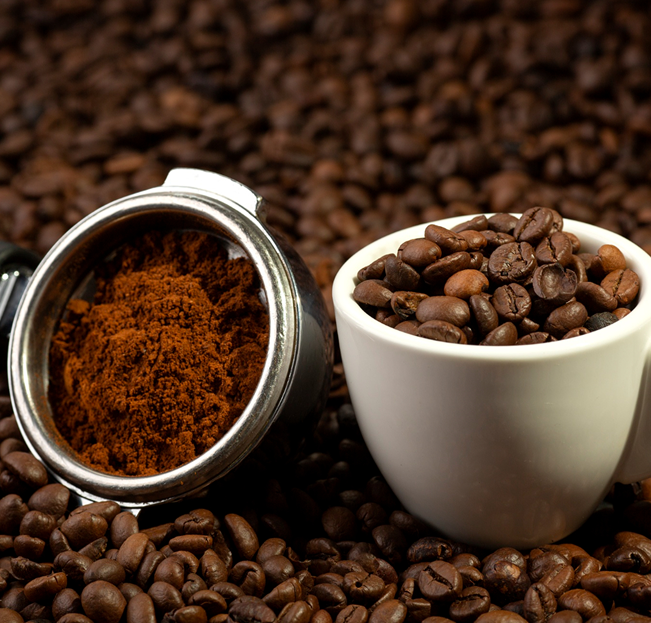

Ingredients
For the Sauce
Directions
Optional
For a thicker sauce, transfer it to a pot and simmer on the stove for 10 minutes. Pour the thickened sauce over the shredded pork before serving.
Enjoy this tender, flavorful dish with your favorite sides or piled high on a sandwich bun! 🤤

Here’s how to whip it up:
Ingredients
Directions
✨ Pro tip: Sip by a window and watch the snow fall for maximum cozy vibes!
Whether you’re just getting started or refining your technique, this guide will walk you through making smooth, delicious cold brew coffee right in your kitchen.

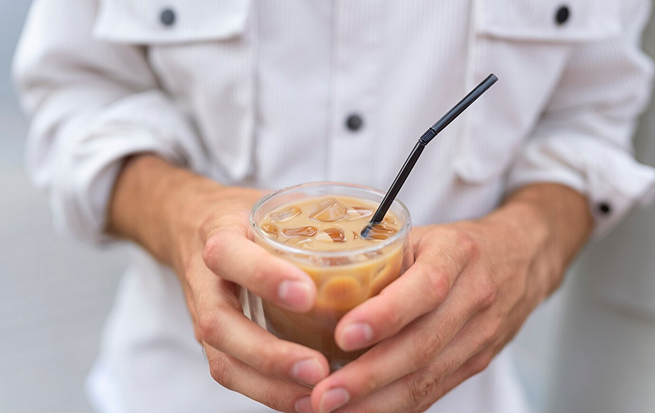
Cold brew is not the same as iced coffee. Here’s the difference:
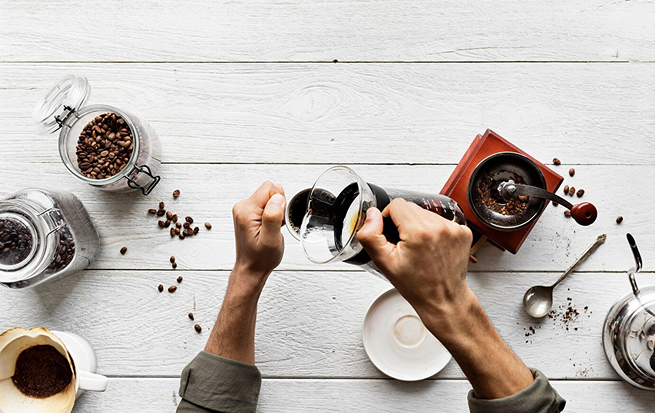
Basic equipment:
Optional:
Method 1: Mason Jar + Strainer
Method 2: French Press or Cold Brew Maker

Try infusing or enhancing your cold brew with:

Cold brew is not the same as iced coffee. Here’s the difference:

We’re brewing up something fresh, flavorful, and fabulous behind the scenes. Stay tuned—it’s launching soon!
Need coffee now? Email info@lavantacoffee.com or call (862) 881-4683. We’ve got you covered!
Our curated collection of coffees is crafted for discerning tastes — but choosing the ideal match can still be a journey. Click “Need help finding the perfect coffee?” to receive personalized recommendations from our team. Whether you seek bold intensity or a delicate balance, we’re here to guide you to your perfect brew.